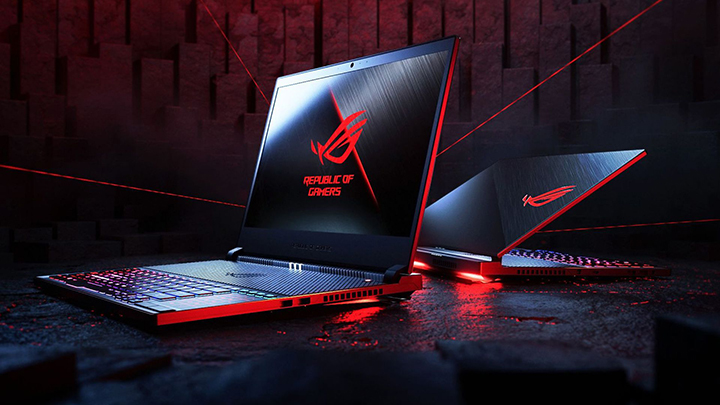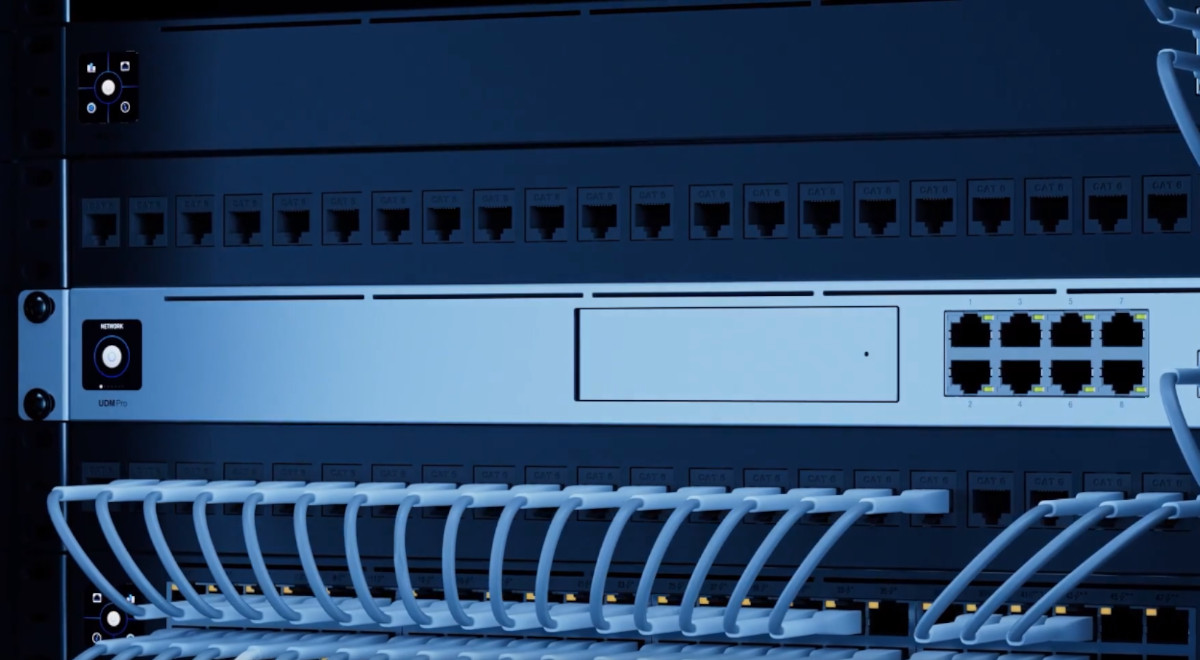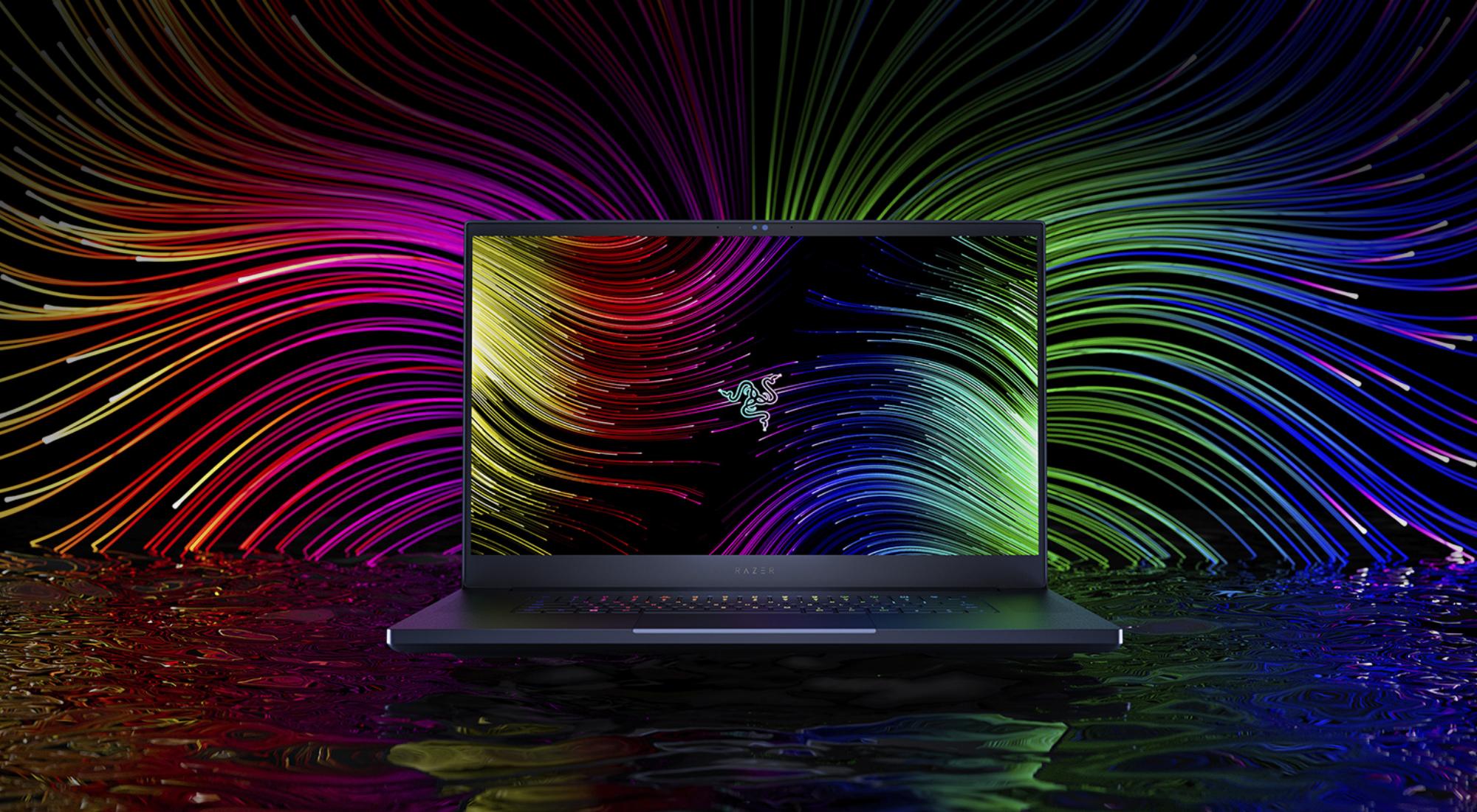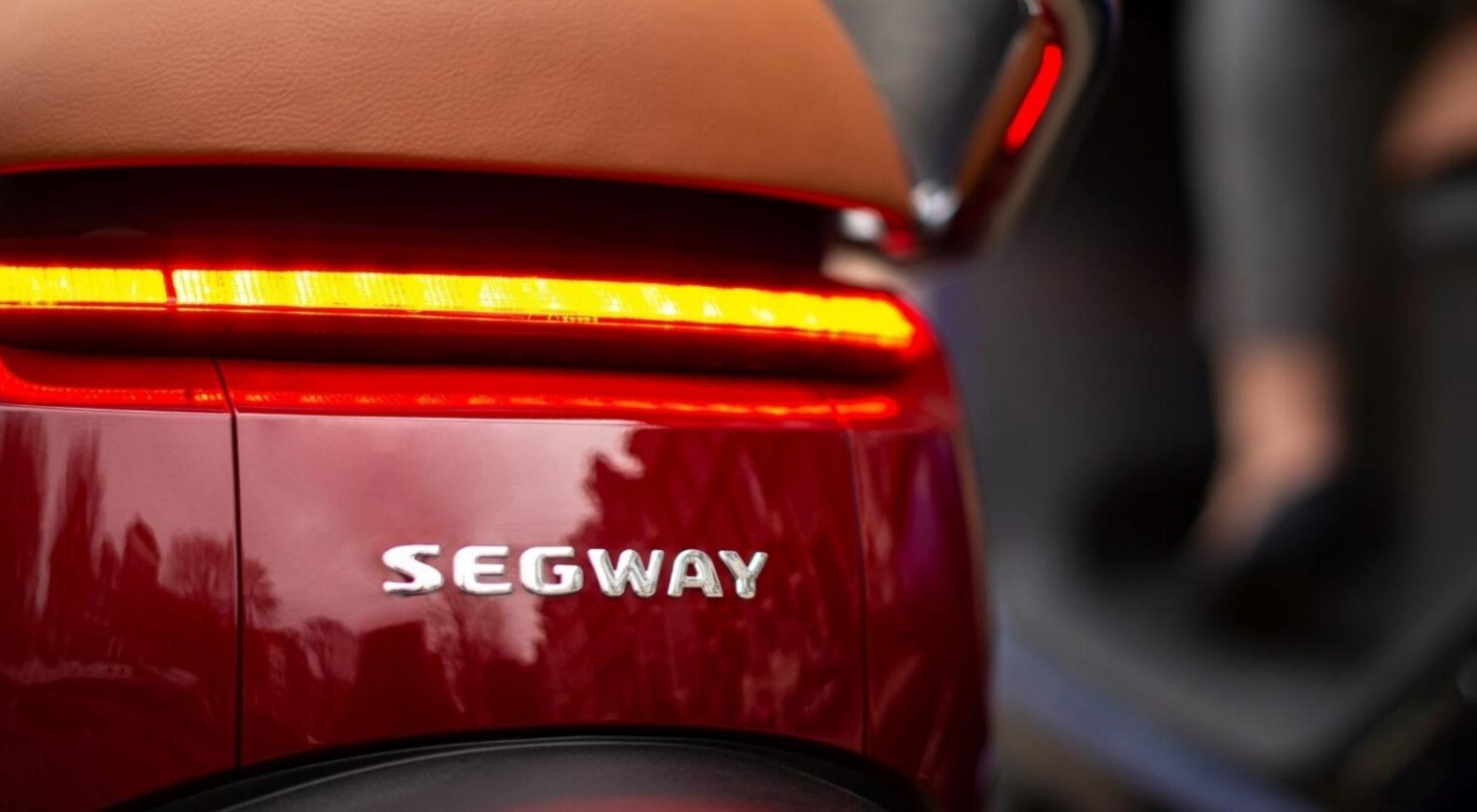Gaming laptops in 2021: What to look out for.

Gaming laptops have been becoming increasingly popular over the last few years, especially with the introduction to RTX 20-series and 30-series graphics cards. While many still prefer building a rig with their own sourced out parts, some prefer a portable solution to take with them for gaming on-the-go, while traveling, to work (only during lunch people!) and while not as popular as back in the early 2000s, LAN parties too (oh, how I miss those!)
Generally, when buying a laptop there’s a lot to consider. It’s not as simple as choosing something that looks good. Looks can be deceiving. When reviewing the specifications of a certain laptop you may be interested in, in regards to what it can offer is always the best way to go about it, however, in our opinion, specs aren’t strictly the only thing to look out for.
Today, we’ll give you a breakdown of all the aspects of buying a decent gaming laptop or what you can look out for to find the best gaming laptop for yourself.

What GPU do you need?
When you’re buying a gaming laptop, in most cases, the GPU would be one of your main concerns. After all, this is going to determine what you can and can’t play (at least at max graphics).
The latest graphics cards on the Nvidia series are the newest RTX 30-series cards. Starting with the RTX 3060 Max-Q through to the RTX 3080.
On the other hand, you also have AMD graphics cards, there's the Radeon RX 5000M series. You have cards like the RX 5500M for budget systems vs the RX 5600M and RX 5700M for more performance. In saying that, AMD is expected to release a newer line of cards later this year which will be exciting as they have some big plans!
A note on Max-Q: Max-Q graphics cards boast the same horsepower as a normal GPU, however, you can expect fewer framerates and performance.
It's not always clear on initial RTX 30-series laptops if they're using a Max-Q GPU until you buy it, so it’s best to double-check before purchasing, just in case that doesn’t suit you.
The RTX models demand a premium, but they’re absolutely worth it if you’re looking for something with fantastic graphical performance.
- Entry-level gaming: If you don’t need to play on the highest settings, you can go for a GTX 1650 or RX 5500M, which will let you play most games, of course, not at the max settings, most likely at medium settings for most video games. A GTX 1660 Ti will give you some more power, generally, it’s a notable difference compared to the earlier mentioned cards. A laptop with these cards will roughly cost you between
- Mainstream Gaming: At the moment, a very good mid-range graphics card is the Nvidia RTX 2060. If you’re looking to do any type of VR gaming with an Oculus Rift or an HTC Vive, the RTX 2060 is the minimum required. In saying that, performance-wise is still fantastic. As the year goes on, with more variations of mobile graphics cards in the works, the RTX 3060 will replace the 20 series as the mid-range graphics cards, as there may be a possibility of a mobile version of the RTX 3090 which has a huge difference in performance compared to an RTX 3080.
With AMD, the RX 5600M isn't as strong as a performer compared to the RTX 2060, but will get the job done and still provide you with an amazing experience. Expect laptops with these cards to fall between - VR and the Highest Settings: The minimum next step up would be an RTX 2070 and will let you play through just about any game on high settings, however, the RTX 2080 and RTX 2080Ti out-perform the 2070 models and will provide you with a much smoother experience in both traditional games and VR games.
However, the RTX 3070 or RTX 3080 are currently the most powerful cards in laptops at the moment. These are the cards that will let you start boosting effects through Nvidia Gameworks. Laptops like this will be in the high-price range, and, depending on what other specs you need, can be anywhere between $2500 to over $5000 in extreme cases. With the new RTX series, you can play ray-traced video games and get faster frame rates, which look absolutely amazing compared to (compatible) video games that do have ray-tracing capabilities. An RTX 2070 or RTX 2080 may even be enough for you to play games in 4K, if that’s something you’re into.

What are the other specs I should look out for?
While the GPU is important, you’ll also want to be on the lookout for a good CPU, enough RAM, and lots of storage space.
- CPU: Depending on your budget, you can get a very powerful Core i7 CPU or one that you can overclock such as the Intel Core i9-9980HK. However, overclocking is a bit more for advanced users. You can also find laptops with desktop CPUs. Most games benefit from GPUs and CPUs working together, so in some cases, you may even get by with an i5 processor.
You may also want to consider the generation of CPU. Usually, you would see something like “Intel® Core™ i7-10875H”. The first number after the model, in this case after the “i7” shows you the generation number of the CPU, so in this case, it’s a 10th generation CPU. In most cases, the higher the generation, the better the CPU.
- RAM: At minimum, you’ll want 8GB of RAM if you’re looking at a budget gaming laptop, usually, the more RAM, the more expensive it’ll get. We do recommend a minimum of 16GB. In saying that, most, if not all gaming laptops that are 15.6” or bigger, can be upgraded later on if it’s not currently within your budget at that time.
- Storage: This is important to consider. You may get a really beefy laptop with the best graphics card, great processor, tons of RAM, but it has an HDD instead of an SSD. There’s a significant difference in speed from an HDD to an SSD. An SSD will typically run 5x faster than the other, so not only will you be able to install, copy and move things faster on it, but you’ll have an extremely fast boot speed from shutdown to Windows fully loaded (my gaming laptop takes 8 seconds from complete shutdown to a complete boot up). This also benefits you in the gaming department, loading times will be extremely short, in some cases, non-existent and it’ll be able to stream textures at lightning-fast speeds, allowing the game you’re playing to render much quicker and provide you with unmatched smoothness.
In saying that, SSDs will put an extra cost on the laptop you’re purchasing, the higher the SSD size, the more expensive. However, just like RAM/memory, this in most cases is upgradable if you opt for a laptop with an HDD instead.
Of course, some laptops come with both an SSD and HDD, which could be great for those who want some storage and the rest specifically for gaming.
How do I find a suitable display?
This may not be important to many, as they would usually connect the laptop to a monitor. However, for those who don’t, then you’ll want to get something that’s suited to your standard. Here are a few things to look out for.
- Size: Most gaming laptops come in a 15 or 17-inch screen, although, some 18-inch screens exist and there’s a handful of 14-inch gaming laptops too. This comes down to your personal preference, the bigger the size, the heavier the laptop, so that’s something to keep in mind
- Resolution: We don’t recommend going for any laptop that doesn’t have a minimum of 1920 x 1080 resolution or “Full HD” (FHD). Honestly, there isn’t any point to go lower than that, we’re not living in the 2010s anymore, so a 720p screen will just not suffice in this day and age when a lot of games focus on detail and smoothness. Not to mention anything lower than 1080p just won’t look good at all, compared to any other screen of a lower resolution. 2K and 4K laptops (higher resolution) are a bit pricier, but if that’s something that doesn’t bother you, then it’s a fantastic option!
- Refresh rate: This is very important to consider. Most 1080p gaming laptops have a refresh rate of 60Hz to 300Hz. If you’re going for a higher-end laptop you’re better off finding something with at least 120Hz to get that ultimate smoothness when playing games at a high FPS-rate. Most 2K and 4K displays will cap out at 60Hz, but not all, so you should be aware of that if you’re looking at one of those higher-resolution screens. Of course, you can always connect the laptop to a monitor with a higher refresh rate if needed, but you may need to scale down the resolution to 1080p for those higher refresh rates.
- Nvidia G-Sync and AMD FreeSync: This is a feature that helps the graphics card (depending if it's an Nvidia or AMD card) synchronize display refresh rates to the GPU, eliminating screen tearing and minimizing display stutter and input lag. So if that feature is available, it’s something to consider.
- Avoid touch screens: Try to avoid touch screens for 2 reasons. First, it’ll diminish battery life significantly compared to a non-touchscreen. Secondly, touch screens are hardly ever used on gaming laptops with the exception of the 2-in-1 type of laptops that either, flip the screen to make it a tablet, or, disconnect the screen to use it as a tablet. Other than that, it’s not really worth having on a gaming machine.
What should I look for in a keyboard?
While there aren’t many options when it comes to in-built keyboards on laptops (we always recommend an external keyboard), here are a few points to consider to make your choice easier:
- Key Travel: This is how far down you can press a key before it registers. In general, we recommend keys with over 1.5mm of key travel and 2mm is most optimal. This is a good feature as it stops you from straining the frame of the laptop, especially when it can be costly.
- Macro Keys: Macro keys are not entirely “popular” on gaming keyboards, but there are quite a few laptops that do have them. They’re programmable and can help you automate some processes or re-map some keys to make life easier when playing certain games
- Anti-ghosting and n-key rollover: Anti-ghosting will benefit as it allows you to “combo” keys in the order you enter them. For example, if you’re mashing buttons on a certain game, each keypress will translate to the game in the order they were pressed. N-Key rollover is similar, however, the keyboard does the work rather than your computer doing the work, which makes it much faster in terms of response times.
- Backlighting: While budget gaming laptops will provide backlighting, it’s either just red or white. The best keyboards have RGB backlighting. Some do it by zone (or section of the keyboard), while others allow customization on a per-key basis. Some even let you change the lighting depending on the game and some even let you light up certain buttons. For example, when playing an FPS game, you can have only the “WASD” lit up, giving you that little bit more of an immersive feel.
What do specific brands offer?
Each brand has their own software and benefits that are catered to each brand.
Here are a few to note:
Asus – Asus have their Republic of Gamers (ROG) series. Their ROG Gaming Center software shares device information including temperature, storage, and RAM usage. Their Armoury Crate program allows you to customize RGB backlighting. Asus also makes the Zephyrus G14, which is arguably the best AMD laptop currently on the market.
Gigabyte & Aorus – Gigabyte and their sub-brand Aorus are very similar. Both will have the Fusion software for the RGB customization. This program also allows you to customize the RGB on all Aorus accessories you may have. Aorus machines have Command and Control for easy overclocking. While we don’t recommend overclocking laptops, it’s an option. Aorus models also have a thinner and sleeker look compared to the Gigabyte models.
MSI – MSI laptops are usually known by their black red and white color scheme and their trademark dragon logo. MSI includes its Dragon Center software, which allows for system monitoring, multiple performance profiles, controlling the fans, and customizing keyboard backlighting. It’s like an all-in-one command center.
Razer – Razer has its trademark black and green color scheme, always looking very sleek and professional (to a gaming standard). Razer Synapse which is the provided software, lets you record macros and set lighting on both laptops and accessories.

How About Battery Life?
Don’t expect your battery to last you more than a few hours if you’re gaming on the go.
If you’re going to be using your gaming laptop for what it’s made for, gaming, then your best option is always having it connected to a power source to get the full potential performance out of your GPUs. If you’re looking to use these types of machines for an 8 workday, they’re not the notebook you’re looking for.
Bottom Line
We’d like to say you should get something that will last you a few years, however, more and more technology comes out and eventually, will become outdated. In saying that, any of the recent graphics cards will last you for years to come and you’ll be able to play all the latest games for the next 5 years, most likely with no problem. The GPU is a much more important spec to consider than RAM or your CPU, as that’s what’s going to be giving you the gaming performance you need for the next few years. Storage isn’t something that I’m worried about, it’s always upgradable and external storage is always an option, however, we do recommend considering the SSD at least a 512GB one as games these days can be very large. Finally, decide if you’d like to go with something with a high resolution or higher frame rates, in the end, it’s up to you, but I think performance over quality is much more important when it comes to gaming.















